Specifications
| book-author | Gerard J. Tortora ; Berdell R. Funke ; Christine L. Case |
|---|---|
| file-type | |
| isbn10 | 0134605187 |
| isbn13 | 9780134605180 |
| language | English |
| publisher | Pearson |
Book Description
**”Microbiology: An Introduction” (13th Edition)** by Gerard J. Tortora, Berdell R. Funke, and Christine L. Case is a widely respected textbook designed to introduce students to the fundamental concepts of microbiology. This edition continues to build on the book's legacy of providing a clear, accessible, and comprehensive overview of microbiology, while incorporating the latest advancements in the field. Here's an in-depth description:
### **1. Foundational Concepts in Microbiology**
– **Introduction to Microbiology:** The book begins by introducing the field of microbiology, its history, and the role of microorganisms in the environment, industry, and human health. It covers the major groups of microorganisms, including bacteria, viruses, fungi, protozoa, and algae.
– **The Microbial World:** Students are guided through the basic characteristics and classifications of microorganisms. This section includes detailed explanations of microbial cell structure and function, microbial metabolism, and the principles of microbial genetics.
### **2. Microscopy and Lab Techniques**
– **Microscopy:** The book provides a thorough introduction to the different types of microscopes and microscopy techniques used to study microorganisms. It explains how to prepare and observe microbial samples, and the importance of microscopy in identifying and understanding microorganisms.
– **Laboratory Techniques:** Key laboratory techniques are discussed, including staining methods, culture techniques, and the use of selective and differential media. The book also covers safety practices in the microbiology lab.
### **3. Microbial Metabolism and Growth**
– **Metabolic Pathways:** Detailed explanations are provided on the metabolic processes of microorganisms, including catabolism, anabolism, and energy production. The book explains how microorganisms obtain and use energy, with a focus on pathways like glycolysis, fermentation, and respiration.
– **Microbial Growth:** The principles of microbial growth are covered, including factors that influence growth rates, methods for measuring growth, and the phases of the microbial growth curve. The book also discusses the impact of environmental conditions on microbial growth.
### **4. Microbial Genetics and Biotechnology**
– **Genetic Information:** This section delves into the structure and function of microbial DNA, RNA, and proteins. It explains how genetic information is replicated, transcribed, and translated within microorganisms.
– **Genetic Engineering:** The book explores the applications of microbial genetics in biotechnology, including genetic engineering, recombinant DNA technology, and the use of microorganisms in industry and medicine.
### **5. Immunology and Host-Microbe Interactions**
– **The Immune System:** A comprehensive overview of the human immune system is provided, including innate and adaptive immunity. The book explains how the body defends itself against microbial infections and the role of antibodies, vaccines, and immunological memory.
– **Pathogenesis:** The mechanisms of microbial pathogenicity are explored, including how microorganisms cause disease and the ways in which they evade the immune system. The book also covers the host's response to infection and the role of normal microbiota in health and disease.
### **6. Control of Microbial Growth**
– **Sterilization and Disinfection:** The principles and methods for controlling microbial growth are discussed, including physical methods (such as heat and radiation) and chemical methods (such as disinfectants and antiseptics). The book explains how these methods are applied in healthcare, food safety, and laboratory settings.
– **Antimicrobial Agents:** The book covers the use of antimicrobial agents, including antibiotics, antifungals, antivirals, and the issue of antibiotic resistance. It discusses how these agents work, their spectrum of activity, and the challenges associated with resistance.
### **7. Virology and Parasitology**
– **Viruses:** A detailed exploration of viruses, including their structure, classification, and replication strategies. The book discusses the impact of viruses on human health, including the causes and consequences of viral infections.
– **Parasites:** The section on parasitology covers protozoa, helminths, and arthropods that can cause disease in humans. It explains their life cycles, modes of transmission, and the diseases they cause.
### **8. Microbial Diseases**
– **Infectious Diseases:** The book provides an extensive overview of microbial diseases, categorized by the systems they affect (such as respiratory, digestive, and nervous systems). It includes descriptions of the causative agents, symptoms, transmission, and treatment of these diseases.
– **Epidemiology:** Principles of epidemiology are discussed, including how diseases spread, methods of disease surveillance, and the role of public health in controlling outbreaks.
### **9. Environmental and Applied Microbiology**
– **Microorganisms in the Environment:** The role of microorganisms in ecosystems is covered, including their involvement in biogeochemical cycles, biodegradation, and symbiotic relationships. The book also discusses the importance of microorganisms in wastewater treatment and bioremediation.
– **Applied Microbiology:** The applications of microbiology in industry are explored, such as the production of antibiotics, food, beverages, and biofuels. The book also covers the use of microbes in agriculture, including pest control and soil fertility.
### **10. Emerging and Re-Emerging Infectious Diseases**
– **Current Challenges:** The book addresses the issue of emerging and re-emerging infectious diseases, such as new strains of influenza, antibiotic-resistant bacteria, and zoonotic diseases. It discusses the factors contributing to the rise of these diseases and the global efforts to control them.
### **11. Teaching and Learning Resources**
– **Visual Aids:** The book is richly illustrated with detailed diagrams, photos, and micrographs that help students visualize complex concepts. These visual aids are designed to enhance understanding and retention of the material.
– **Review Questions and Activities:** Each chapter includes review questions, critical thinking exercises, and case studies that reinforce the concepts covered. These activities are designed to help students apply what they’ve learned and prepare for exams.
– **Online Resources:** The 13th edition offers access to online resources, including quizzes, flashcards, and interactive simulations that provide additional opportunities for learning and self-assessment.
**”Microbiology: An Introduction” (13th Edition)** by Tortora, Funke, and Case is an authoritative and engaging textbook that provides a solid foundation in microbiology. It is well-suited for undergraduate students in microbiology, biology, and health-related fields, as well as anyone seeking a deeper understanding of the microbial world. The book’s clear explanations, practical examples, and extensive resources make it an essential tool for mastering the subject.

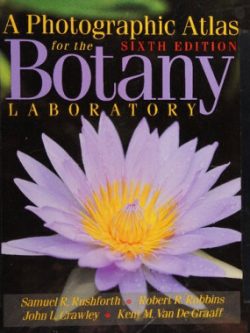
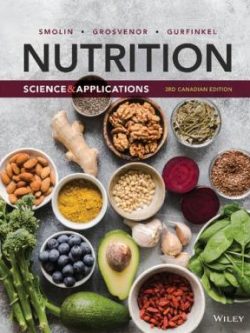



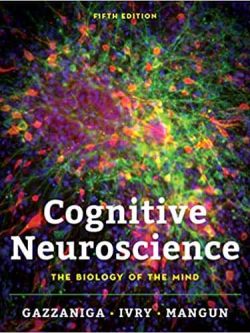
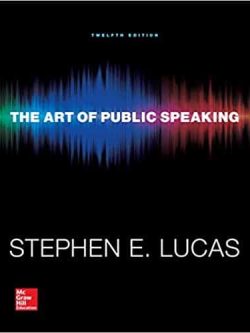
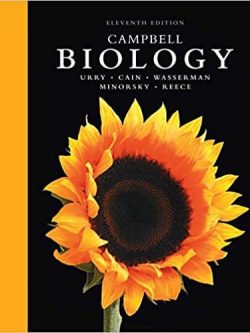
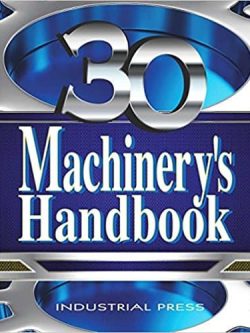
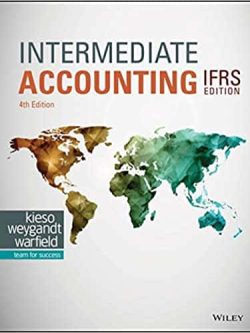
Reviews
There are no reviews yet.